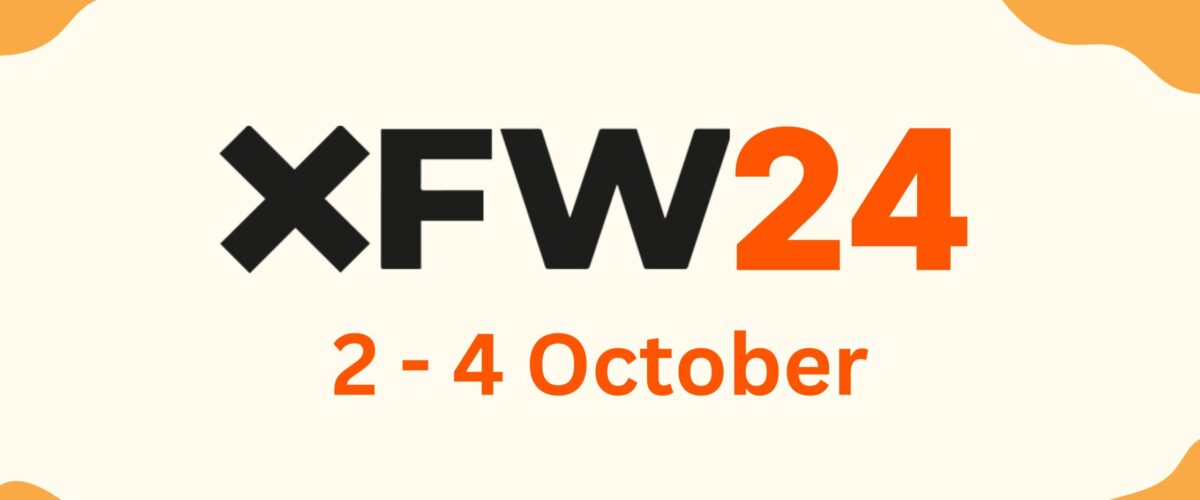Imagine a group of small islands dotted around an area of an ocean. Each island has a small settlement of people, going about their business and living their lives as best they know how. But there’s a problem. One island has wood, but little food. They can build rudimentary huts but can scarcely eat. Their closest island has plenty of food though, but no wood, so they lack shelter. A third island has both wood and food, but no hay for their animals. Another island is brimming with hay, but little coal to light fires. The island with the wood does have good coal reserves though. Then, one day, someone has an idea. Why not build bridges connecting all the islands, so all the islanders can share resources! Soon, wood, food, coal, and hay is moving across the islands, and islanders’ business grows tenfold.
Now, imagine each of those islands is a blockchain. Each blockchain hosts a set of tokenised assets, which had hitherto remained confined to their blockchain. Why not build bridges across the blockchains so assets can be shared, just like the islanders did!
Cross-chain bridges: a simple solution to a big problem
In computing environments, some terms can be rather obscure and non-descript. Not the case here. A cross-chain bridge does exactly what it says. It is a mechanism to enable the transfer of assets back and forth between two or more chains. Those assets can be tokens, cryptocurrencies, or any other tokenised assets hosted on the chains.
You might be wondering what sort of wizardry is this. And furthermore, you might question how can it be possible to move assets between two chains whose protocols, rules, etc. might be completely different? These are valid questions, and here’s the answer. The bridge acts as a neutral zone (a no man’s land of sorts) where the switch occurs.
An example: two blockchain games, one hosted on an Ethereum chain, the second hosted on WAX. Ethereum uses a proof-of-work consensus protocol, while WAX uses a proof-of-stake one, each with its own set of rules. And each of these games has some cool in-game assets, maps, etc. And each game world features a thriving game economy and has something that the other gaming environment lacks (remember the islanders?) Why not connect the two chains with a bridge and enable asset swapping, so that both gaming worlds (and their in-game economies) expand and grow?
______
Find out more here.


